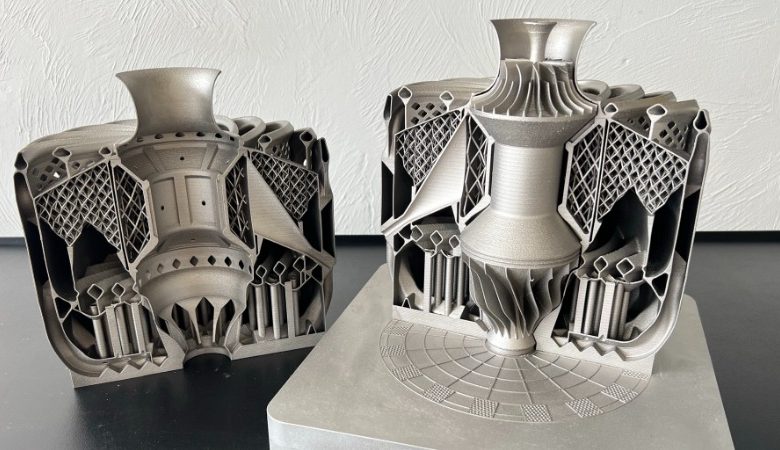When it comes to food storage and preparation, the choice of wrapping materials can significantly impact the quality, flavor, and safety of your meals. Among the most commonly used materials are aluminum foil and parchment paper. Each has its unique properties, advantages, and disadvantages, leading many home cooks and professional chefs alike to ponder: Is it better to wrap food in foil or parchment paper? In this article, we will delve into the characteristics of both materials, their best uses, and the implications for food safety and flavor preservation.
Understanding the Materials
Aluminum Foil
Aluminum foil is a thin sheet of metal that is highly malleable and can be easily shaped to cover various food items. It is known for its excellent heat conductivity, making it a popular choice for cooking and baking. Foil is also moisture-resistant, which helps in retaining the juiciness of foods during cooking or storage. However, it is important to note that aluminum foil can react with acidic foods, potentially altering the flavor and leading to the leaching of aluminum into the food.
Parchment Paper
Parchment paper, on the other hand, is a cellulose-based paper that is treated to withstand heat and moisture. It is non-stick, making it ideal for baking cookies, roasting vegetables, and lining pans. Parchment paper is also biodegradable, making it a more environmentally friendly option compared to aluminum foil. However, it is not suitable for wrapping foods that require moisture retention, as it is porous and allows steam to escape.
Culinary Applications
When to Use Aluminum Foil
- Grilling and Roasting: Foil is excellent for wrapping meats and vegetables on the grill, as it traps heat and moisture, resulting in tender and flavorful dishes. It can also be used to create a makeshift steam pouch, enhancing the cooking process.
- Freezing: For long-term storage, aluminum foil provides a tight seal that prevents freezer burn. Wrapping food tightly in foil can help maintain its texture and flavor over time.
- Baking: While parchment paper is often preferred for lining baking sheets, foil can be used to cover dishes to prevent over-browning or to create a barrier during cooking.
When to Use Parchment Paper
- Baking: Parchment paper is the go-to choice for baking. Its non-stick surface ensures that baked goods release easily, while its ability to withstand high temperatures makes it ideal for lining cake pans and baking sheets.
- Roasting Vegetables: When roasting vegetables, parchment paper allows for even cooking while preventing sticking. It also helps in achieving a crispy texture without the need for excessive oil.
- Steaming: Parchment paper can be used to create a papillote, a method of cooking that involves wrapping food in paper and steaming it in its own juices. This technique is particularly effective for fish and vegetables, preserving their natural flavors and nutrients.
Health and Safety Considerations
When considering whether to wrap food in foil or parchment paper, health and safety should be paramount. Aluminum foil has been scrutinized for its potential health risks, particularly concerning its interaction with acidic foods. While the FDA considers aluminum foil safe for food use, some studies suggest that excessive aluminum exposure may be linked to health issues. Therefore, it is advisable to avoid using aluminum foil for wrapping highly acidic foods like tomatoes or citrus.
Parchment paper, being a paper product, does not pose the same risks and is generally considered safe for food contact. However, it is essential to ensure that the parchment paper is labeled as food-safe and can withstand the temperatures required for your cooking method.
Conclusion: Making the Right Choice
Ultimately, the decision of whether to wrap food in foil or parchment paper depends on the specific culinary application and personal preferences. For tasks that require moisture retention and heat conductivity, aluminum foil is the superior choice. Conversely, for baking and steaming, parchment paper excels due to its non-stick properties and ability to allow steam to escape.

